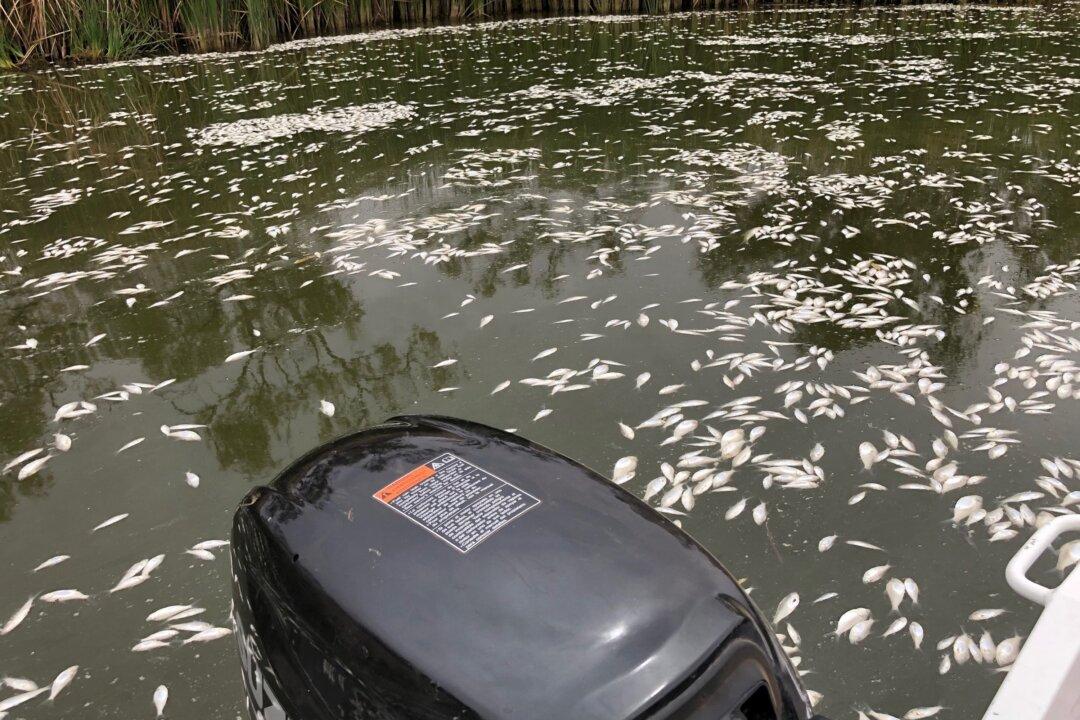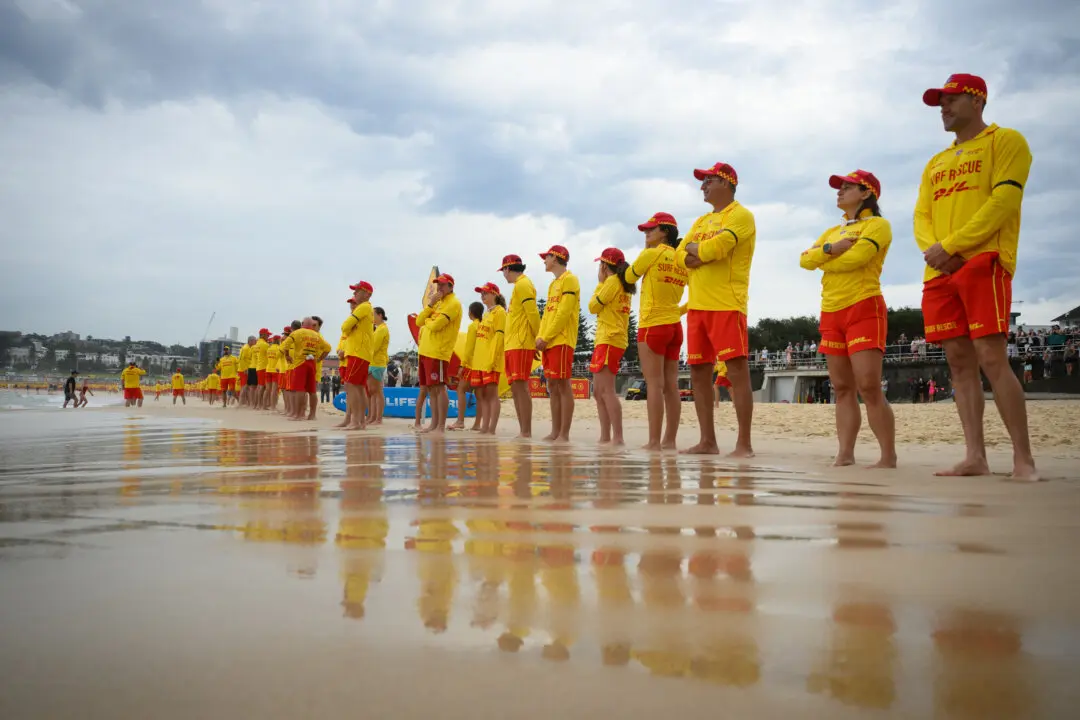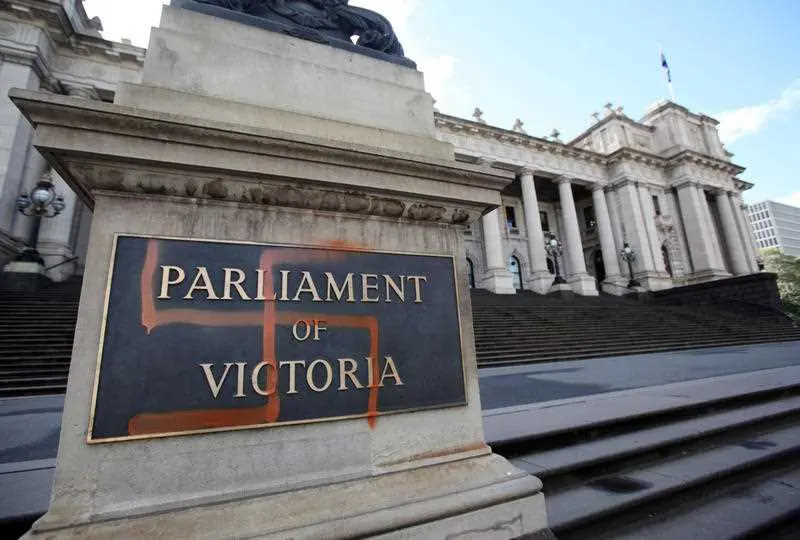The federal government has committed $70 million to improve the health of the Darling River and prevent further mass fish kills.
Two massive fish kills in December and January prompted the government to commission an independent assessment, with the final report released on April 10.





